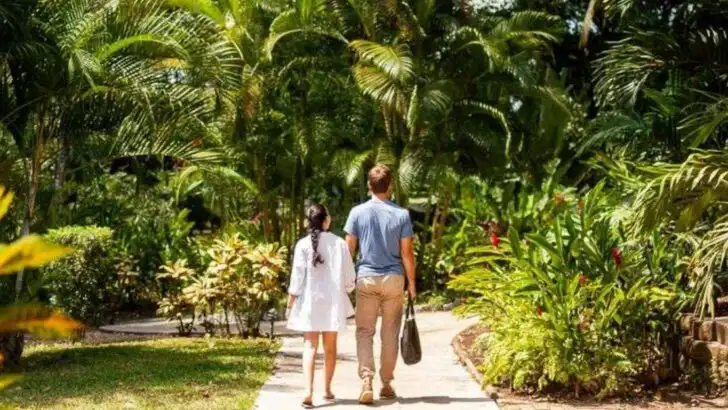All-inclusive resorts sound like a dream — until they aren’t. You’ve paid for the “everything,” but somehow, you still end up stuck in a buffet line, missing out on the best spots, or worse, paying surprise fees that feel like a punch in the wallet. These resorts have tricks — little pitfalls that can turn your “stress-free” vacation into a headache parade. From booking the wrong room to missing out on secret perks, people fall into the same traps again and again. But you don’t have to be that person. With a few insider moves, you can unlock all the good stuff — free drinks, front-row beach chairs, and maybe even that fancy dinner without the extra cost. Ready to dodge the rookie mistakes and take full control of your getaway? Let’s dive in and get you the vacation you actually paid for.
Ignoring Local Plant Life and Climate When Packing
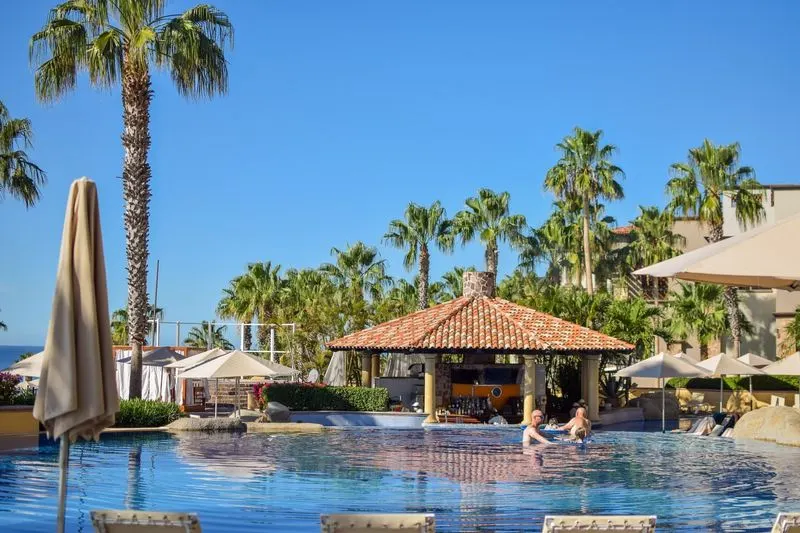
Packing for a vacation is often focused on style rather than practicality. However, local plant life and climate should guide your choices. In tropical destinations, plants like hibiscus and bougainvillea indicate strong sun exposure and the presence of insects. Bringing sunscreen and insect repellent can be crucial. A sunhat and lightweight clothing protect against sunburn and heat. Understanding the local flora helps avoid uncomfortable surprises. Such awareness enriches your experience, ensuring you enjoy rather than endure the resort’s natural beauty.
Missing Out on Garden Walks and Native Plant Trails
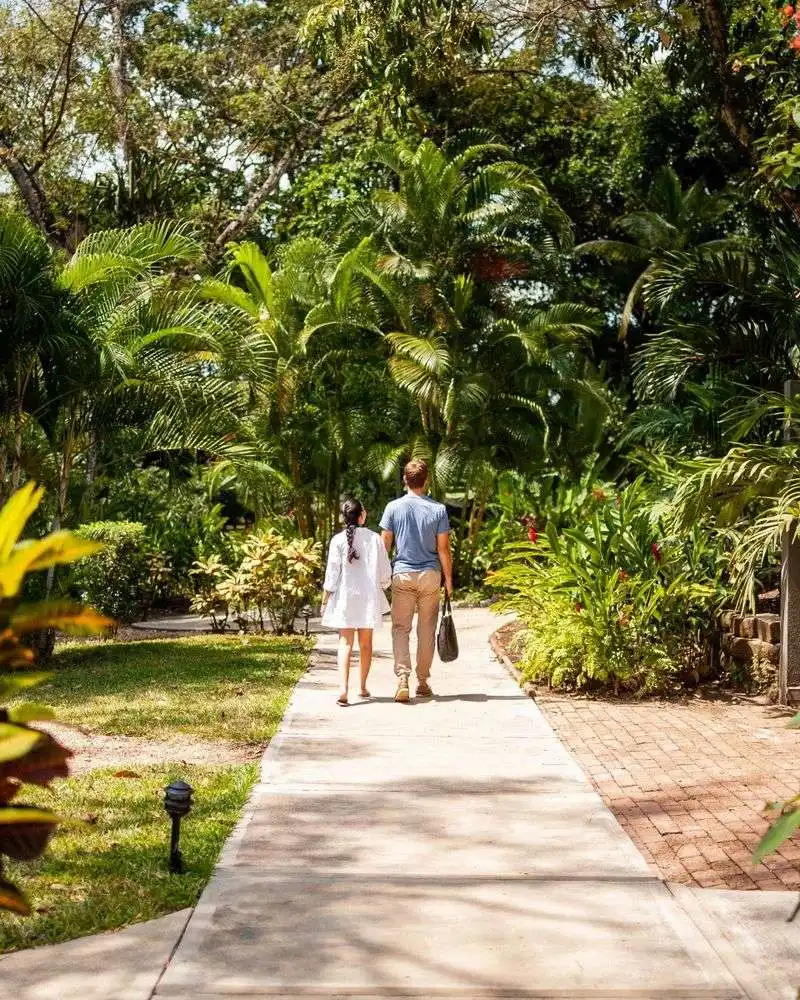
Resorts often offer garden walks or trails that display native plants, providing a peaceful retreat from bustling activities. These trails might feature medicinal plants and fruit trees like breadfruit or mango. Guests often overlook these serene spots, missing out on unique educational experiences. Taking a stroll through these gardens can be both enlightening and relaxing. It’s a chance to connect with the area’s natural heritage and appreciate the diversity of plant life that many travelers ignore.
Not Using Shade Trees to Manage Sun Time
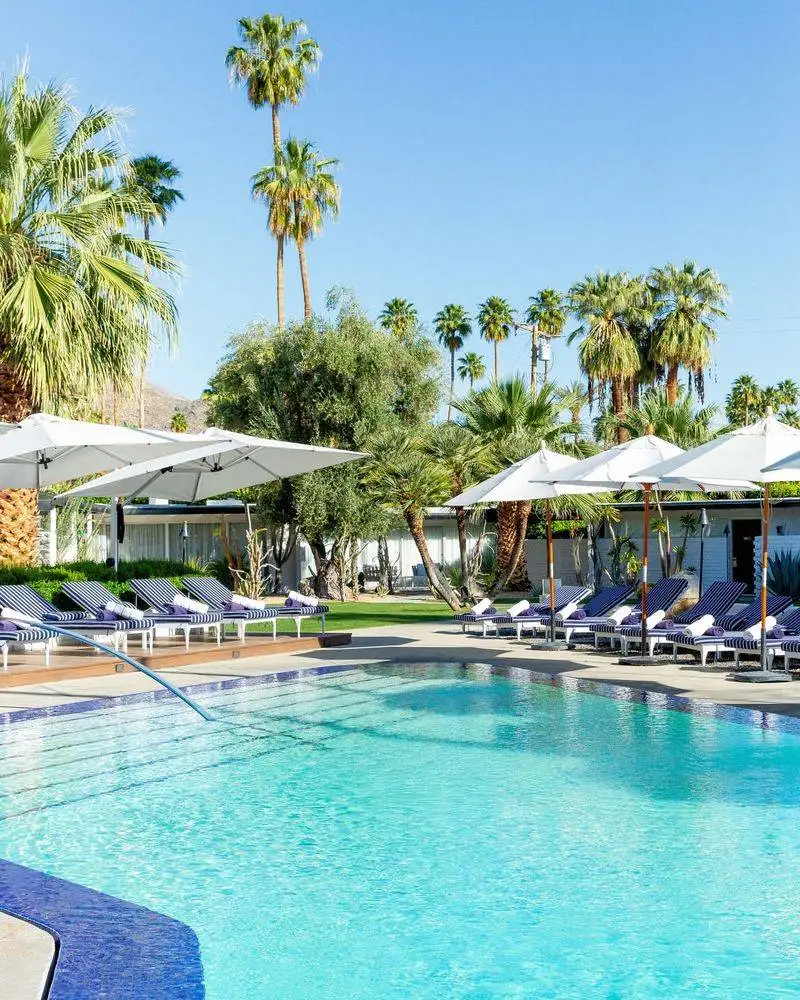
Sunburns and fatigue are common mistakes at resorts, especially when guests neglect the strategic shade provided by trees like tamarind, mango, or banyan. These trees create cool havens, reducing sun exposure naturally. Located near pools and dining areas, they offer respite from the heat. Using these shaded spots can prevent sun-related discomfort and allow for longer, more enjoyable outdoor activities. They also contribute to a comfortable, relaxed atmosphere, perfect for reading or napping.
Overlooking the Importance of Plant-Based Amenities

The healing properties of plants extend beyond gardens and trails. Resorts often incorporate local flora into spa treatments, cuisine, and beverages. Aloe vera, commonly found by pools, soothes sunburns. Herbal gardens supply fresh mint or lemongrass for teas and dishes. Many guests, however, overlook these plant-based amenities and miss out on unique, rejuvenating experiences. Exploring these options can transform a standard vacation into a holistic retreat that engages both body and mind.
Underestimating Plant Allergies and Insect Risks

Allergies and insects can disrupt an otherwise perfect vacation. Pollen from plants like ragweed and acacia can trigger allergies, while mosquitoes thrive near water-loving plants such as papyrus. Preparation is key: bringing allergy medication and insect repellent can help manage these risks. Being aware of the local plant environment allows guests to enjoy their stay without unexpected health issues disrupting their plans. By considering these factors, travelers can prevent discomfort and enhance their holiday experience.
Failing to Respect Native Vegetation Zones
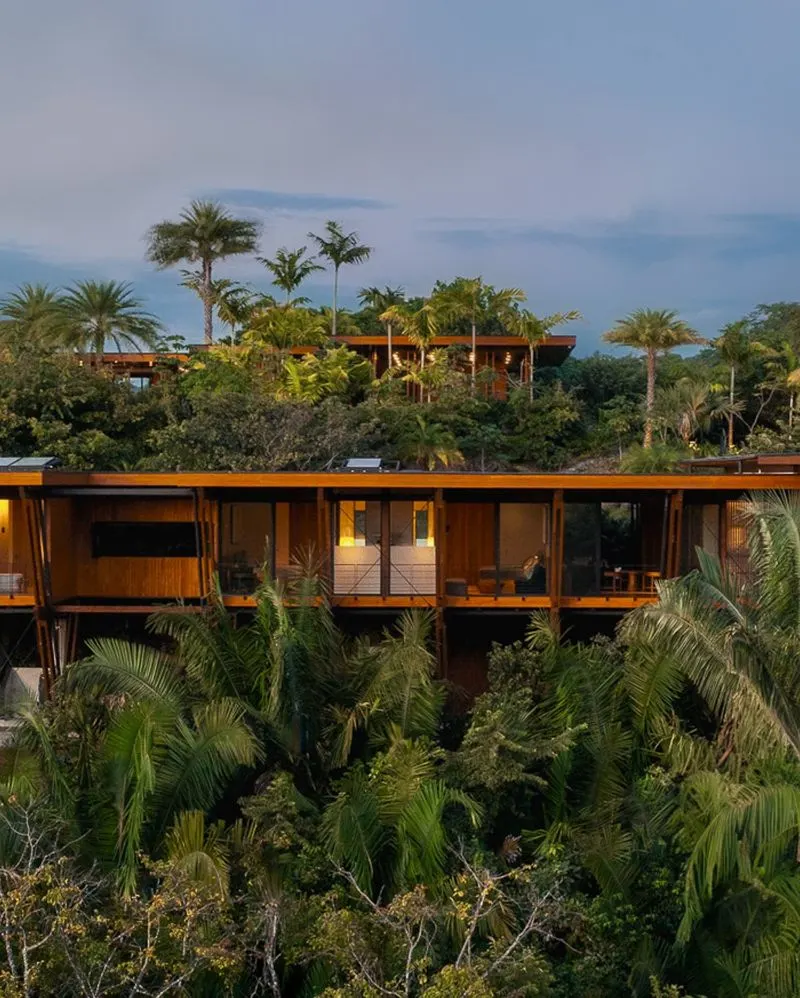
Walking off designated paths can harm native vegetation, disrupting local ecosystems. Many resorts protect areas like dune grasses and orchids to maintain ecological balance. Ignoring these zones can lead to erosion and habitat destruction, affecting both the environment and resort aesthetics. Visitors should respect marked trails and follow guidelines to preserve these natural features. Environmental awareness contributes to the sustainability of the resort and enhances the overall guest experience by maintaining natural beauty.
Ignoring Seasonal Plant Changes
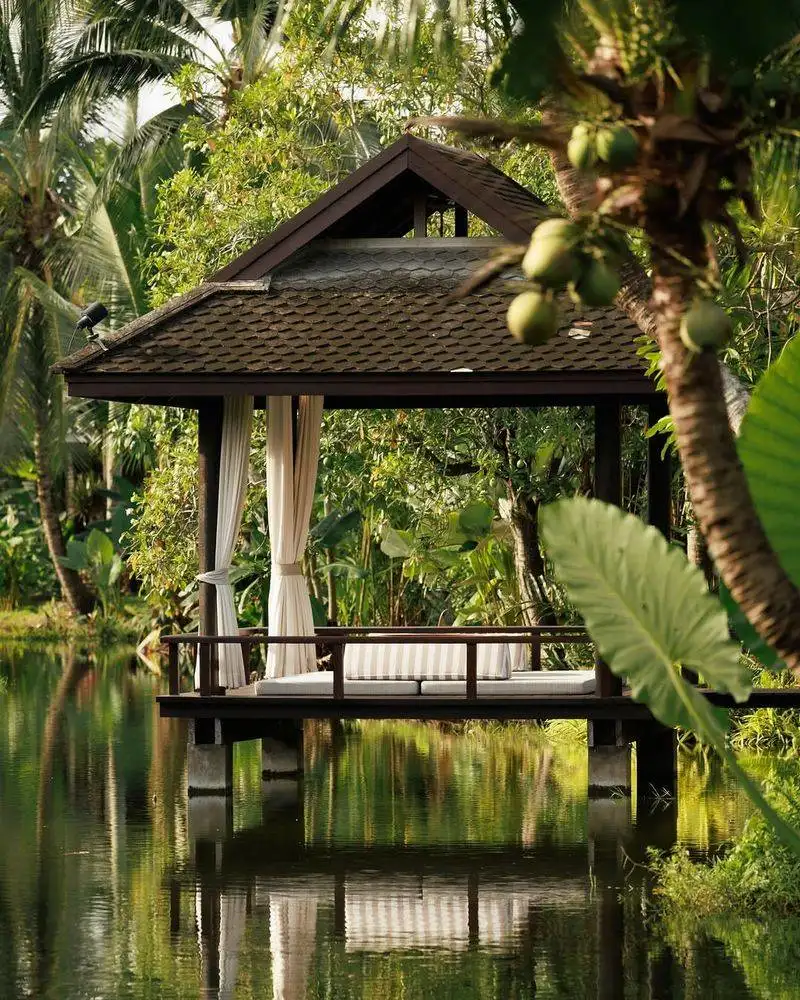
Plants change with the seasons, affecting the resort’s appearance and wildlife. During certain times, trees like frangipani burst into color, enriching the landscape. Guests often overlook these seasonal shifts, missing the opportunity to witness nature’s dynamic beauty. Observing plant changes adds depth to the vacation experience, offering a connection to the natural rhythms of the area. Seasonal awareness enhances appreciation for the resort’s gardens and the broader ecosystem.
Not Using Natural Plant Barriers for Privacy
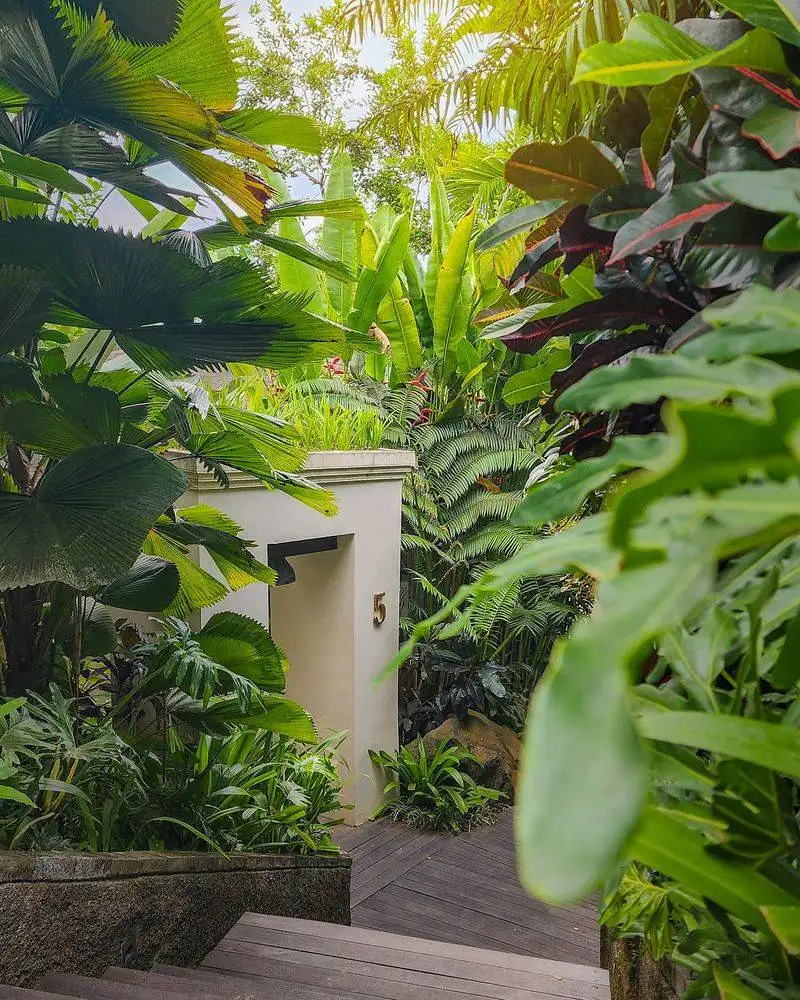
Privacy can be found in unexpected places. Dense plantings like hedges or bamboo groves create natural barriers, offering secluded spots for relaxation. Travelers often miss these hidden nooks, focusing instead on crowded public areas. Finding these quiet sanctuaries provides a break from the hustle and bustle, allowing for peaceful reflection. Utilizing plant barriers not only enhances privacy but also adds an element of discovery to the resort experience, turning relaxation into an adventure.
Missing Educational Plant Programs or Workshops

Educational programs about local plants are often underrated resort activities. Workshops on gardening, herbal remedies, or cooking with native plants offer enriching experiences but are frequently overlooked. Engaging in these activities provides insight into the local culture and environment. Cooking classes, for example, may involve harvesting fresh herbs directly from the gardens, offering a hands-on learning experience. These programs deepen guests’ connection to the locale, enriching their stay with knowledge and skills.
Failing to Appreciate Plant-Influenced Design Elements
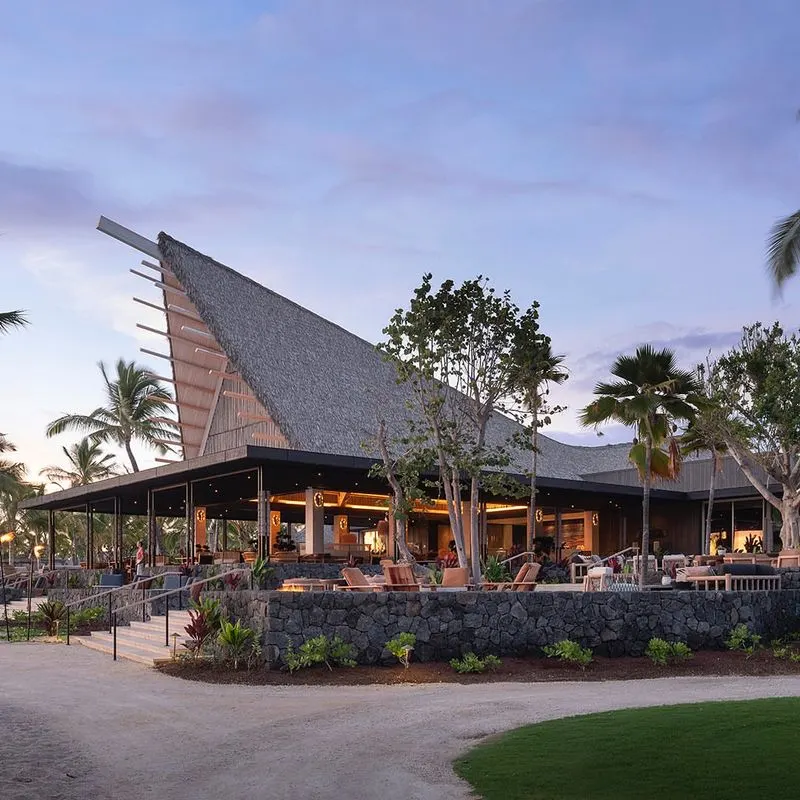
Design elements inspired by local flora reflect the region’s culture and environment. Tropical wood pergolas and palm thatched roofs are more than aesthetic choices; they connect guests to the area’s heritage. Guests often overlook these design features, missing their cultural significance. Appreciating these elements enriches the stay, providing a deeper understanding of the resort’s identity. Observing the integration of natural materials into design enhances the visual and cultural experience.
Not Recognizing the Role of Plants in Wildlife Encounters

Plants play a vital role in attracting wildlife, creating vibrant interactions for guests. Resorts often use native plants like hibiscus to draw hummingbirds, or lantanas for butterflies. Guests who overlook these areas miss the chance to see nature’s spectacles unfold. Observing these interactions provides unique entertainment and photo opportunities. Recognizing the role of plants in wildlife encounters adds an exciting dimension to the stay, transforming the resort into a lively ecosystem.

